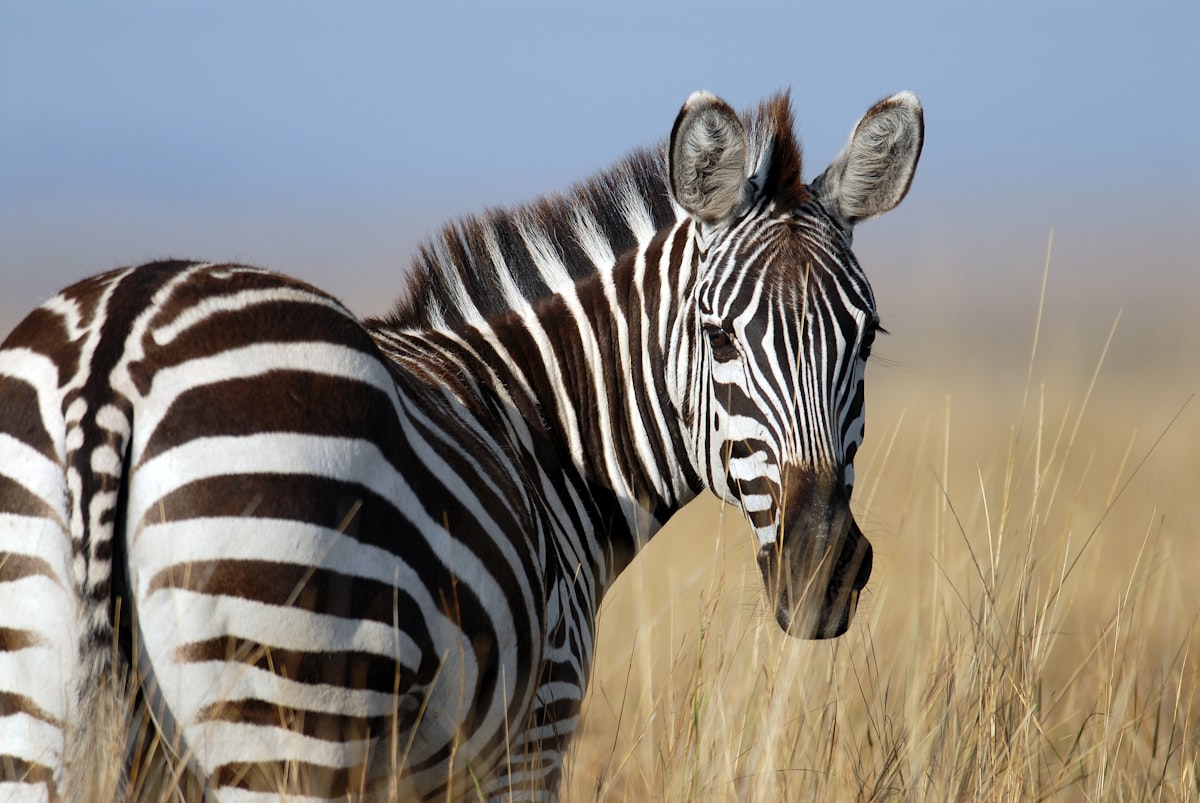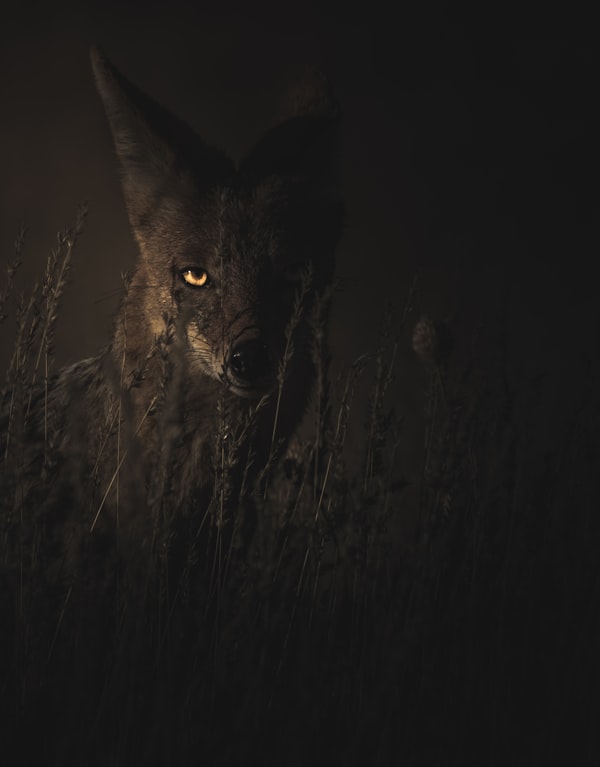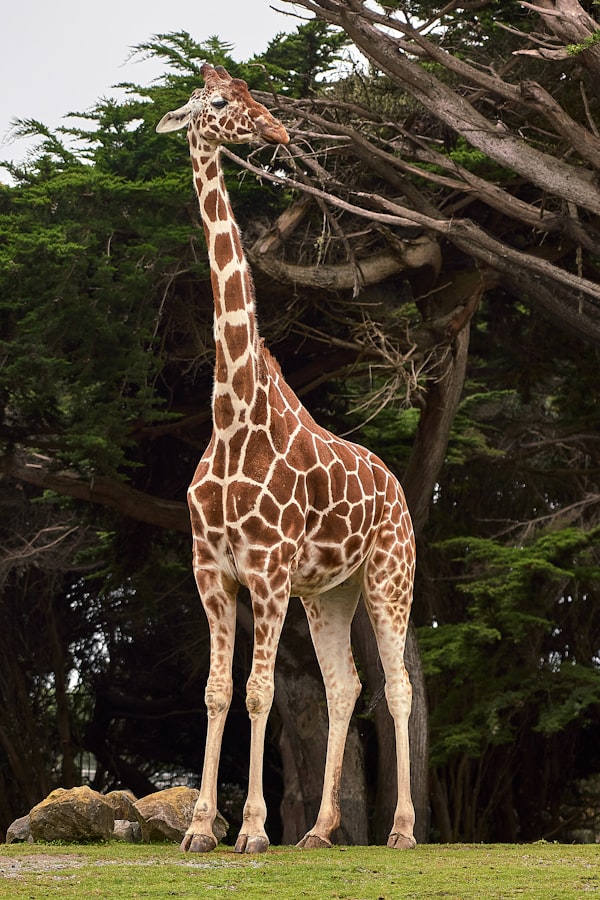The Fascinating World of Zebras: From Social Structures to Survival Strategies

Hey there, animal enthusiasts! Today, I want to shine a spotlight on one of the most iconic animals of the African savanna – the zebra. These beautiful creatures never fail to captivate us with their striking black and white stripes, but there is so much more to them than meets the eye.
Just like us, zebras are social beings that thrive in groups known as herds. These herds provide safety in numbers, as zebras can alert each other to potential dangers and predators. Each zebra’s unique stripe pattern acts as a form of camouflage, making it difficult for predators to single out an individual zebra in the herd.
But zebras are not just pretty faces – they are also incredibly resilient animals. Despite facing threats from predators such as lions and hyenas, zebras have evolved to be fast runners, reaching speeds of up to 40 miles per hour. Their keen sense of hearing and sight also help them detect danger and react quickly to evade predators.
One of the most fascinating things about zebras is their complex social structure. Within a herd, there is a hierarchy based on age and dominance. The alpha male, known as the stallion, leads the herd and ensures its safety. Female zebras, called mares, play a crucial role in raising the young foals and maintaining social harmony within the herd.
Despite their resilience and strong social bonds, zebras face numerous threats to their survival. Habitat loss, poaching, and competition for resources from livestock are major challenges that zebras must overcome. As a passionate advocate for wildlife conservation, I believe it is our responsibility to protect these magnificent creatures and their natural habitats.
By raising awareness about the plight of zebras and supporting conservation efforts, we can ensure that future generations will continue to be awestruck by the sight of these majestic animals roaming the savanna. Let’s join together in the fight to protect zebras and all wildlife, one stripe at a time.

